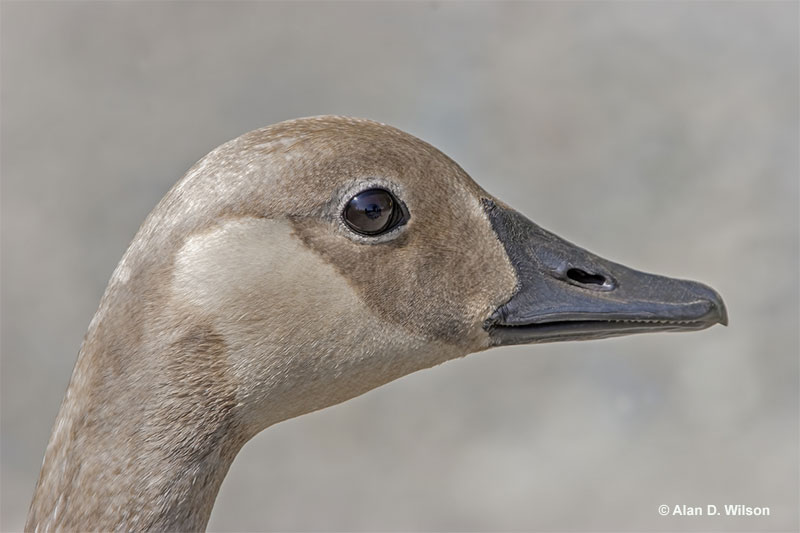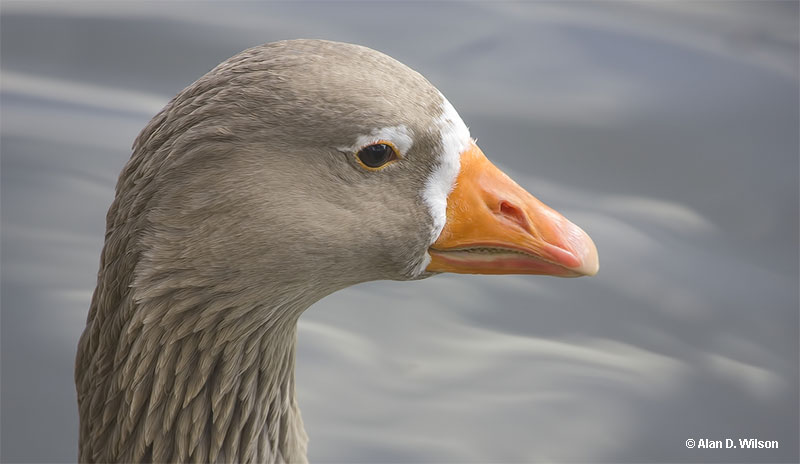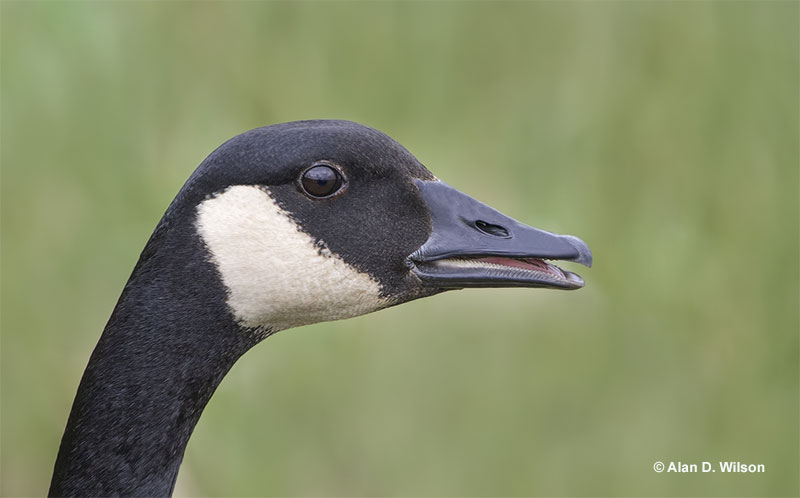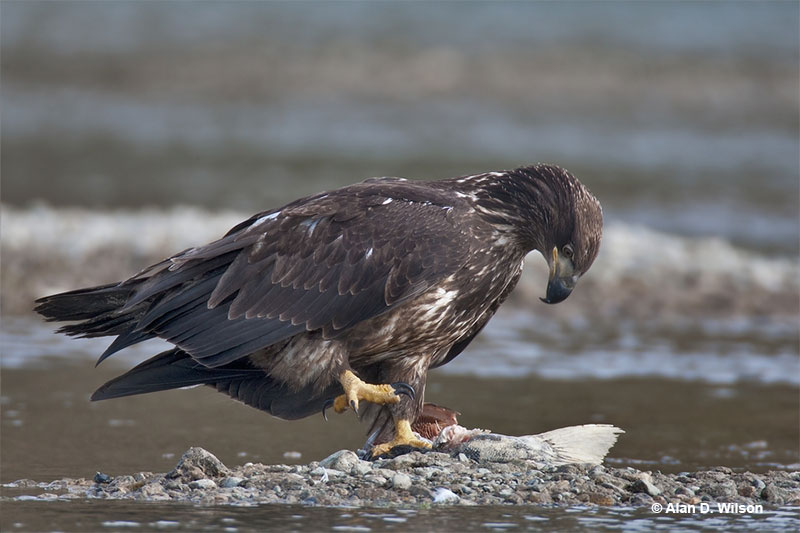
Geese have teeth! Or do they? Take a close look at the beak of a goose and it looks like it has small teeth.
However, geese aren’t carnivores. They are actually grazers that feed on grass and other small bits of food. Since they eat grass, why would they need rows of sharp teeth?
See this article to see what those tooth-like structures are and why geese need them.
On this page
Do Geese Have Teeth?
No, geese do not actually have teeth. It does look like they have a rows of sharp little teeth, but these are actually tooth-like structures called “tomium.”
Technically, teeth are enamel structures that grow out of an animal’s (or person’s) jaw to help them feed. As with all birds, geese have a beak, but they don’t have molars, incisors, or any teeth growing out of their jaws. Based on that definition, we can’t say that geese have teeth.
However, geese certainly do have tooth-like shapes on the edges of their beaks. They also have scary, sharp, teeth-like structures on their tongues! All geese species appear to have them, but some species have more prominent tomium than others.

Geese have teeth-like structures to help them eat. Look at it’s bill closely, there are small serrations.
In the case of Canada Geese, at close range, we can see fine, sharp tomium that are easily visible. The tomium on the beaks of Snow Geese are also easy to see and look a bit larger than those of other geese.
Greater White-fronted Geese and even domesticated geese have these sharp serrations. However, they are harder to see on the beaks of Brant, the small Red-breasted Goose, and the Barnacle Goose. Their tomium are probably smaller because, compared to Canada Geese and other geese species, their diets are somewhat different.
What Are These Serrations?
The serrations on goose beaks are made of cartilage. However, they aren’t soft or weak by any means! The cartilage that makes up the tomium is strong and as tough as bone.
Related: What do geese symbolize?
As anyone who has been nipped by a goose can attest to, they are definitely sharp and hard enough to cause pain.
Get bit hard enough by a goose, and it can even draw blood!
These tomium don’t actually grow out of the beak but are part of the beak itself. They line both edges of the upper and lower parts of their beaks, and can also from two interior rows inside the roof of their mouth.
Most of the “teeth” are the same size and they can be pretty sharp.
Why Do Geese Have These Serrations?
Geese have serrations on their beaks for the same reasons other animals have teeth. Basically, those tomiums help them feed. While carnivores have sharp teeth to cut through flesh, and squirrels have tough, sharp incisors to gnaw through nuts, geese have serrations to help them graze.

Animals that feed on grass tend to have short teeth that are all around the same size. Geese are no exception because this adaptation makes it easier for them to grasp and cut off pieces of grass.
Related: How to get rid of geese (in your garden)
Their sharp serrations also make it easier to hold onto aquatic vegetation and wet plant matter, pick up tubers, and eat other types of food.
The tooth-like structures on their tongues also help geese graze better and may help to push vegetation, snails, and other small creatures down their throat.
However, their tomiums are best suited for nipping off huge amounts of grass (and indeed, geese spend much of their time grazing).
Do Any Other Birds Have “Teeth”?
No birds have actual teeth, but like geese, several other birds do have tooth-like structures. Several ducks have similar serrations or fine structures to help them filter out tiny snails and other small aquatic creatures.
Flamingos also have filtering structures in their beaks for the same reason. Essentially, these filtering structures are a bit like whale baleen!
Various other birds have beaks with tooth-like structures adapted for their diets.
For example, the Tooth-billed Bowerbird of Australia has a couple of small, pointed structures on its lower beak that help it chew fruit.
The Prong-billed Barbet of southern Central America has two sharp “prongs” on its beak to help it cut open tough fruits, and some other barbet species also have beaks with sharp, cutting edges.
However, the birds with the “scariest” looking beaks might be toucans and raptors. Yes, toucans! These omnivores have huge beaks with sharp, saw-like serrations they use to eat fruit, and to cut and tear small animals into pieces.

Other birds use their bills to make food smaller
Of course, hawks, falcons, eagles, and owls also have sharp bills with a tooth-like tip. Several also have another sharp, tooth-like point on the edge of their beak, especially falcons. Birds like the Peregrine Falcon use this “tooth” to nip sever the vertebrae of small birds that they catch.
Frequently Asked Questions
What do geese teeth look like?
Geese teeth look like a long line of saw-like, small, sharp, pointed teeth.
Are geese teeth sharp?
Yes, geese teeth are very sharp and tough!
How painful is a goose bite?
A goose bite can be very painful. These big birds have a strong bite and sharp serrations on their beak that can bruise or even draw blood.

